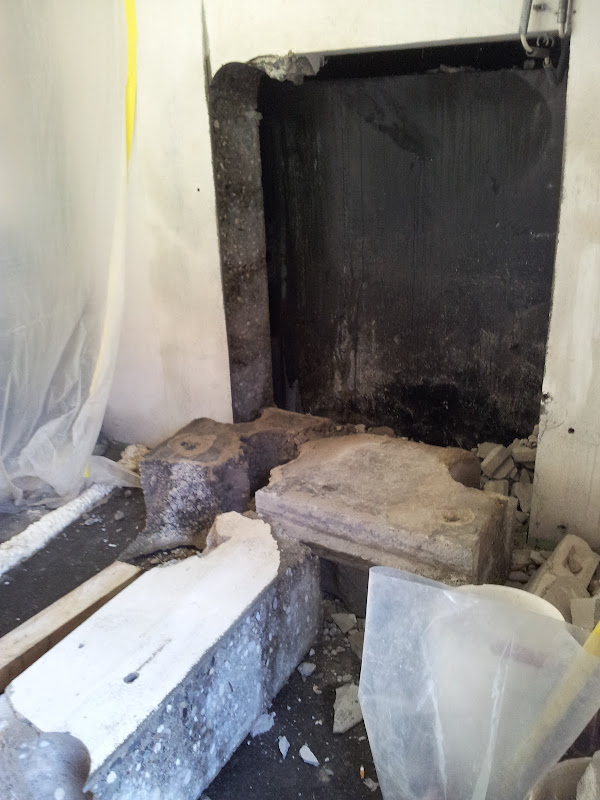FlatBeltBob
Stainless
- Joined
- Jul 22, 2007
- Location
- central WI
I need to remove a fuel oil tank from the basement . Problem is that it is 1" wider then the only stairwell opening .
What is the safest way to cut it down to size ?
If I use a 4 1/2" grinder with cut off discs , will the sparks ignite the remaining oil ?
Someone suggested using a sawsall to split the tank down the center.
It has also been suggested to cut out the ends inboard of the end flanges , and just crush the tank a bit to make it narrower .
The generic Milwaukee blades from the farm store don't last very long as I recall .
Is there a premium brand metal blade for sawsalls ?
Thanks
Bob
What is the safest way to cut it down to size ?
If I use a 4 1/2" grinder with cut off discs , will the sparks ignite the remaining oil ?
Someone suggested using a sawsall to split the tank down the center.
It has also been suggested to cut out the ends inboard of the end flanges , and just crush the tank a bit to make it narrower .
The generic Milwaukee blades from the farm store don't last very long as I recall .
Is there a premium brand metal blade for sawsalls ?
Thanks
Bob




